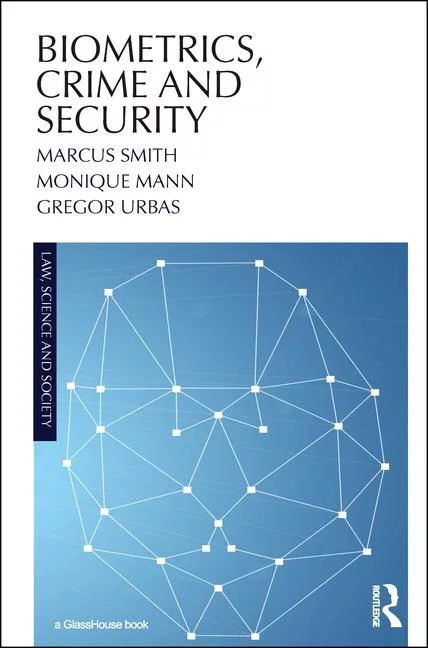European Consumers Ready to Use Biometrics for Payments
According to new research from Visa, consumers across Europe are interested in using biometrics when making a payment – especially when integrated with other security measures. Nearly three-quarters (73%) see two-factor authentication, where a biometric is used in conjunction with a payment device, as a secure way to confirm an account holder. Two-factor authentication includes something you have, such as a card or a mobile device; something you are, such as a biometric; or something you know such as a PIN or password. When looking at the range of different payment situations at home or on the high street, over two-thirds (68%) want to use biometrics as a method of payment authentication. Online retailers have the most opportunity for gain as nearly a third (31%) of people have abandoned a browser-based purchase because of the payment security process.
Jonathan Vaux, Executive Director of Innovation Partnerships at Visa Europe said: “Biometric identification and verification has created a great deal of excitement in the payments space because it offers an opportunity to streamline and improve the customer experience. Our research shows that biometrics is increasingly recognised as a trusted form of authentication as people become more familiar with using these capabilities on their devices.
“However, one of the challenges for biometrics is scenarios in which it is the only form of authentication. It could result in a false positive or false negative because, unlike a PIN which is entered either correctly or incorrectly, biometrics are not a binary measurement but are based on the probability of a match. Biometrics work best when linked to other factors, such as the device, geolocation technologies or with an additional authentication method. That’s why we believe that it’s important to take a holistic approach that considers a wide range of enabling technologies that contribute to a better end-to-end experience, from provisioning a card to making a purchase to checking your balance.”
When looking at the benefits of biometric authentication – the process that validates a person’s identity by measuring an intrinsic characteristic specific to an individual such as fingerprints or iris patterns – half of Europeans (51%) state that biometric authentication for payments could create a faster and easier payment experience than traditional methods. Similarly, a third (33%) like the fact that biometric authentication means that their details would be safe even if their device was lost or stolen.
In the study of more than 14,000 European consumers, the research reveals that discretion and familiarity with biometric forms are important factors for uptake. With the advent of mobile payments, fingerprint recognition is deemed to be the most favorable form of biometric payment for its ease of use and security. When looking solely at the perceived security of biometric technologies, 81% of consumers see fingerprints as most secure, followed by iris scanning (76%).
This is why more than half (53%) express a preference for fingerprint over other forms of biometric authentication when using it for payment. And an equal number of people (73%) are as comfortable with fingerprint authentication as they are with PINs.
Across Europe, few people say they would prefer voice or facial recognition as a payment method in a range of payment situations whether physically in a shop paying for goods or services, or shopping online at home (12% and 15%, respectively). In the UK, these figures fall to 8% and 12%, respectively, for voice or facial recognition as payment forms.
With more than two-thirds (67%) of consumers recognizing the importance of security details to protect one’s identity, new forms of authentication must reach a balance between speed and security.
The research found that biometric authentication is almost equally valued in face-to-face payment situations where speed efficiencies are a priority as it is for online transactions. This is reflected in the findings:
- 48% want to use biometric authentication for payments when on public transport
- 47% want to use biometric authentication when paying at a bar or restaurant
- 46% want to use it to purchase goods and services on the high street e.g. groceries, coffee and at fast food outlets.
- 40% want to use it when shopping online
- 39% when downloading content
When looking at the range of different payment situations at home or on the high street, over two-thirds (68%) want to use biometrics as a method of payment authentication. Online retailers have the most opportunity for gain as nearly a third (31%) of people have abandoned a browser-based purchase because of the payment security process.
https://www.visaeurope.com/newsroom/news/european-consumers-ready-for-biometrics
Looking for a reprint of this article?
From high-res PDFs to custom plaques, order your copy today!




